

Buddha said:
"But how does a monk know, how does a monk see, so that ignorance is abandoned and clear knowing arises?"
"There is the case, monk, where a monk has heard, 'All things are unworthy of attachment.' Having heard that all things are unworthy of attachment, he directly knows every thing. Directly knowing every thing, he comprehends every thing. Comprehending every thing, he sees all themes as something separate.
"He sees the eye as something separate. He sees forms as something separate. He sees eye-consciousness as something separate. He sees eye-contact as something separate. And whatever arises in dependence on eye-contact — experienced either as pleasure, as pain, or as neither-pleasure-nor-pain — that too he sees as something separate.
"He sees the ear as something separate...
"He sees the nose as something separate...
"He sees the tongue as something separate...
"He sees the body as something separate...
"He sees the intellect as something separate. He sees ideas as something separate. He sees intellect-consciousness as something separate. He sees intellect-contact as something separate. And whatever arises in dependence on intellect-contact — experienced either as pleasure, as pain, or as neither-pleasure-nor-pain — that too he sees as something separate.
"This is how a monk knows, this is how a monk sees, so that ignorance is abandoned and clear knowing arises."

















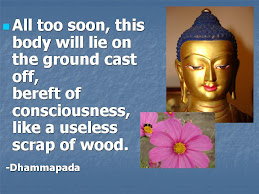

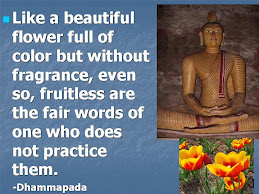
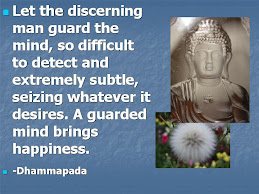

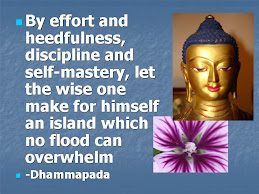

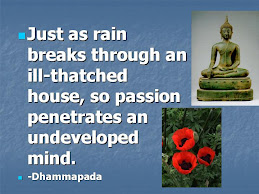

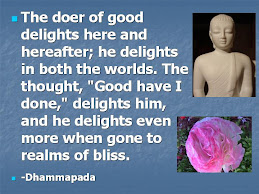
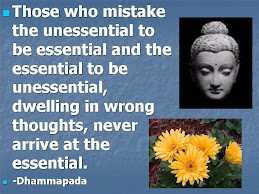
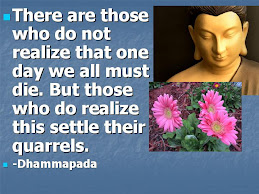
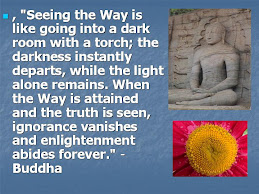

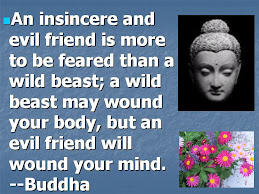
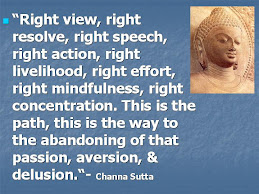

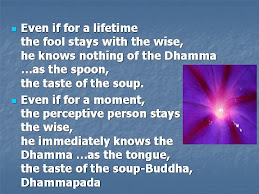



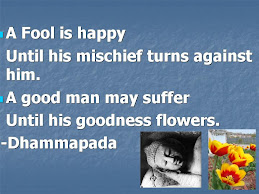
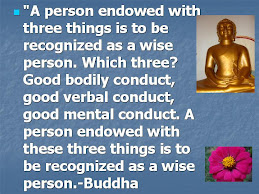

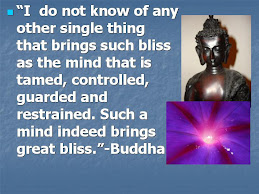
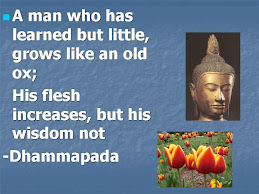
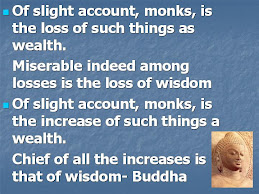
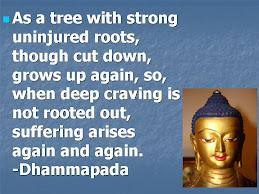
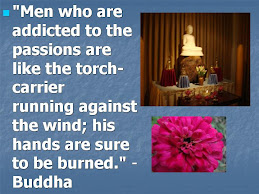


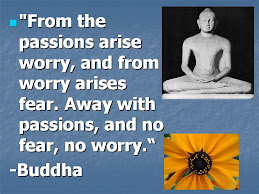
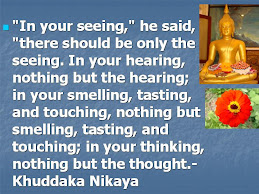




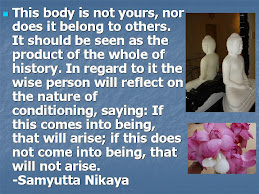
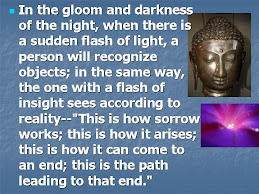
















No comments:
Post a Comment